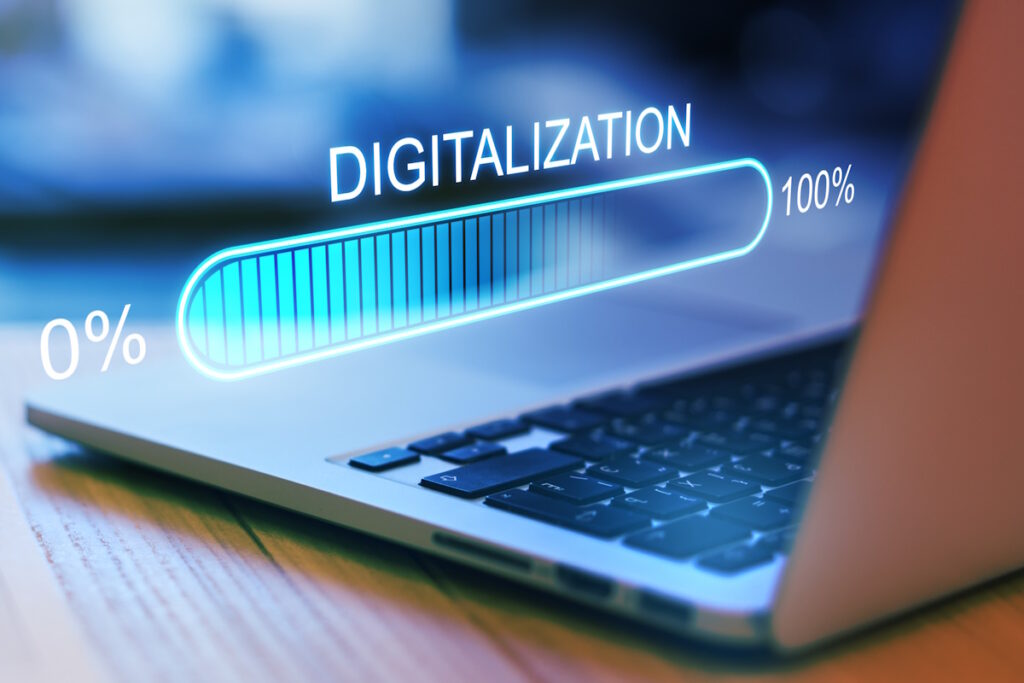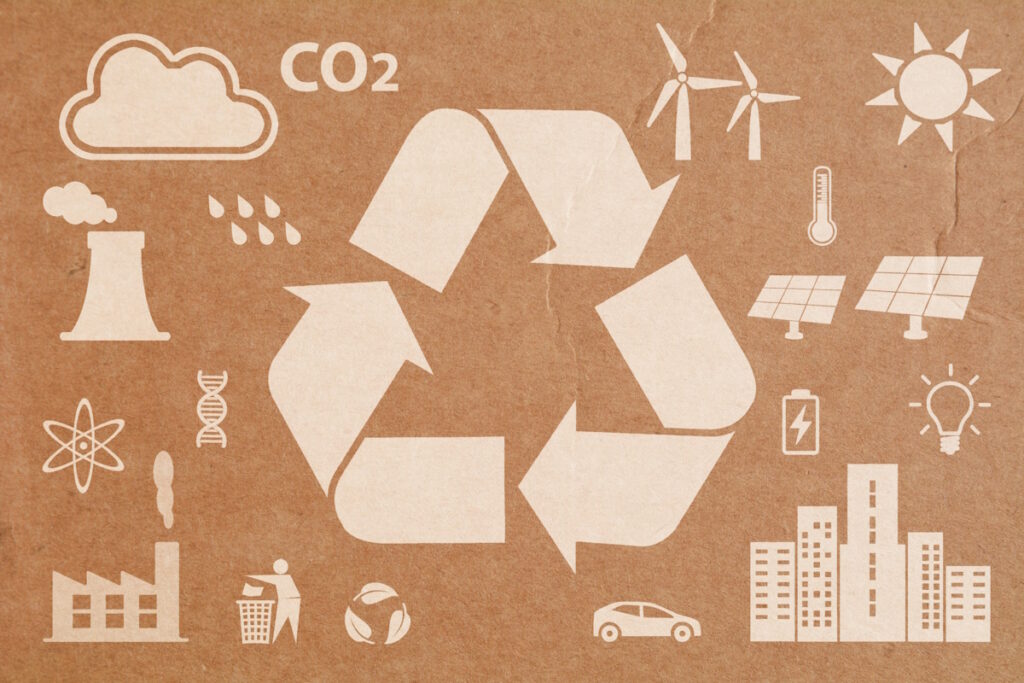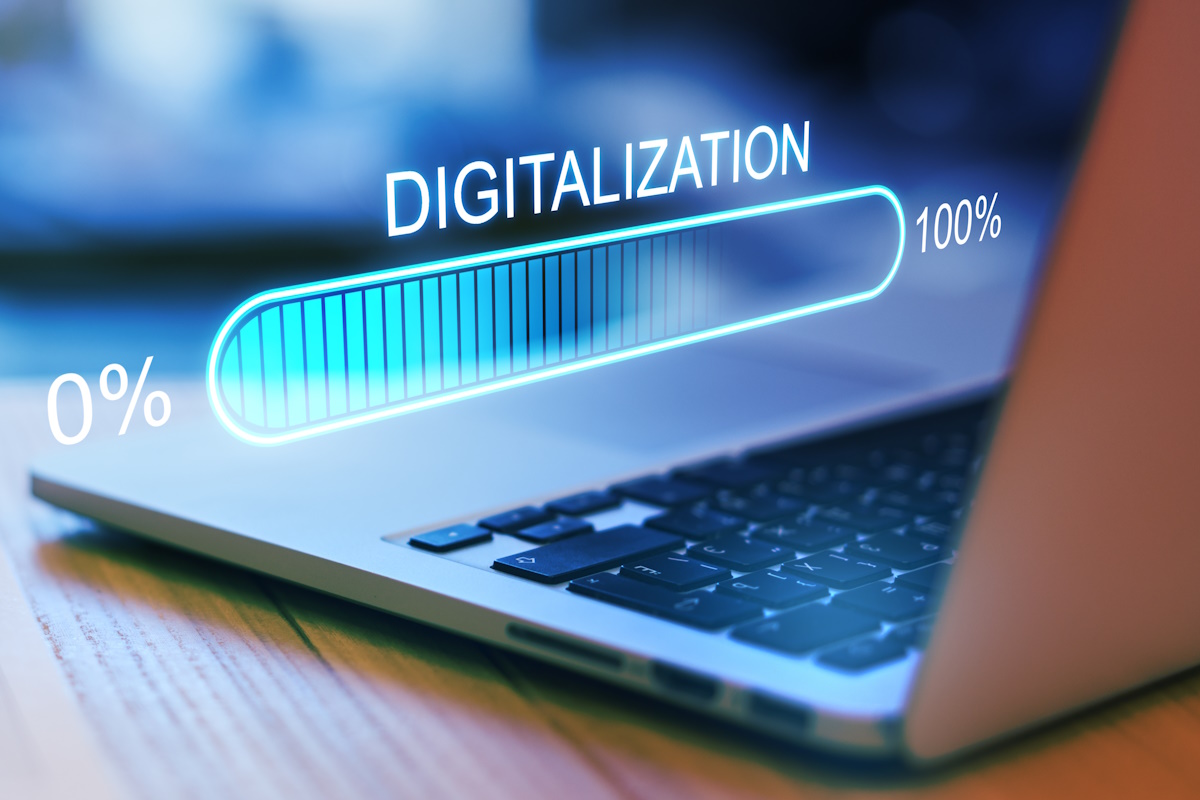
In our increasingly eco-conscious world, businesses are recognizing the importance of adopting sustainable practices. One impactful way to contribute to a greener future is through the digitization of documents and the scanning of mail. In this post, we will explore four key reasons why embracing these practices not only helps organizations achieve their sustainability goals but also enhances business efficiency and productivity.
Reduction in Paper Consumption
Digitizing documents and scanning mail significantly reduce the need for paper consumption. According to the Environmental Paper Network, the average office worker uses approximately 10,000 sheets of paper each year. By transitioning to digital documents and electronic communication, businesses can greatly reduce their paper usage. This reduction in paper consumption helps preserve forests, conserve water resources, and minimize the energy-intensive process of paper production. Additionally, it reduces the environmental impact associated with paper waste, including transportation, landfill usage, and greenhouse gas emissions from decomposition. For more paper facts, check out this post from the University of Illinois
Energy and Resource Conservation
The digitization process of documents and mail also contributes to energy and resource conservation. Traditional document management methods involve printing, copying, and physically storing documents, which require significant energy consumption and resources. By embracing digital document management systems, businesses can reduce the energy consumed by office equipment, such as printers and copiers. Furthermore, the physical storage space required for paper documents can be eliminated, leading to reduced demand for office space and associated energy consumption. Digitization also eliminates the need for physical transportation of documents, reducing fuel consumption and carbon emissions.

Waste Reduction and Recycling
Digitizing documents and scanning mail reduce waste generation and promotes recycling. With paper-based document management, the disposal of outdated or unnecessary documents often leads to significant waste production. By transitioning to digital documents, businesses can eliminate the need for physical document disposal, reducing waste sent to landfills. Moreover, digital documents can be easily stored, organized, and retrieved electronically, eliminating the need for physical storage materials such as folders and filing cabinets. Additionally, electronic communication and document sharing reduce the need for printing and physical distribution, minimizing waste from envelopes, packaging materials, and other related items.
Increased Efficiency and Productivity
Digitizing documents and scanning mail not only benefit the environment but also enhances business efficiency and productivity. Digital documents can be easily accessed, shared, and collaborated on, regardless of physical location. This eliminates the time-consuming process of searching through physical files and waiting for paper-based communication. With digital documents, businesses can streamline workflows, automate processes, and reduce manual errors, leading to improved productivity. Additionally, digital documents can be encrypted and securely stored, reducing the risk of loss, damage, or unauthorized access. This increased efficiency and productivity contribute to overall business sustainability and success.
Conclusion
By digitizing documents and scanning mail, businesses can align their operations with environmental responsibility while reaping the rewards of increased efficiency and productivity. As sustainability becomes a core value for organizations, the shift towards paperless processes not only reduces waste and conserves resources but also positions businesses as leaders in the digital age. Embracing these practices is a win-win, benefiting both the environment and the bottom line.




